Food refers to any material that contains essential nutrients such as carbohydrates, proteins, fats, vitamins, and minerals, which is ingested by an organism to supply energy, promote growth, sustain life, and facilitate the repair of bodily tissues. It may be in its natural state or have undergone processing, and is generally taken in through the mouth; however, plants take in nutrients, and other entities like fungi synthesize their own food.
Food security is increasingly confronted with challenges stemming from population growth, resource constraints, economic pressures, and lifestyle changes induced by industrialization.
Traditional food systems are finding it difficult to adapt, which calls for innovative solutions and sustainable practices to satisfy future food requirements. This review article examines emerging food system models and alternative food sources, such as edible insects, seaweeds, plant-based and lab-cultured meats, underutilized crops, hydroponics, and next-generation fish farming.
It underscores the significance of food processing technologies like blockchain, biotechnology, and robotics in promoting sustainability, minimizing waste, and enhancing the efficiency of food systems. The acceptance of engineered and fortified foods by consumers is identified as a crucial element in propelling these innovations forward.
Furthermore, the review stresses the necessity for a transformative approach to food production, integrating innovative technologies and sustainable practices to secure food availability by 2050. A collaborative effort to incorporate alternative food sources and advanced processing techniques will be essential for realizing a secure and sustainable global food future.
As global warming and extreme weather events intensify, severe food shortages will also increase. These food sources may be crucial for human survival.
Climate change is currently impacting food production globally. Factors such as desertification, drought, rising sea levels, melting ice, and soil erosion have disrupted the availability of familiar food items by leading to crop failures, reduced yields, and loss of arable land. With the ongoing warming of the planet and the escalation of extreme weather, it is anticipated that these significant food shortages will worsen.
By the year 2050, the availability of suitable cropland for four primary global food sources – rice, wheat, corn, and potatoes – will undergo significant changes across the globe. As southern Europe experiences increased temperatures, the land will become drier, posing challenges for potato cultivation. In Indonesia, it is anticipated that corn production will decrease by twenty percent. Nations will be required to adapt and cultivate alternative crops in response to climate shifts. For instance, in West Africa, the fertile soil may become more conducive to rice farming. Additionally, farmers in Sicily are already beginning to grow tropical fruits such as mangoes and papayas.
Expanding the variety of food we consume is a key solution for mitigating hunger, tackling biodiversity decline, and aiding in climate change adaptation, according to Kew researcher, Dr. Sam Pirinon.
“It is well established that there are thousands of edible plant species worldwide that various populations utilize, and this is where we can discover some of the answers to these future global challenges,” he states.
Adjusting to the rising temperatures by implementing efficient and intelligent farming techniques, as well as reassessing agricultural practices, land utilization, and dietary habits, will be crucial for human resilience in the years ahead. Furthermore, identifying sustainable food sources that can endure as the climate crisis intensifies will be essential. These represent some of the foods we may find ourselves consuming in the future.
Pandanus
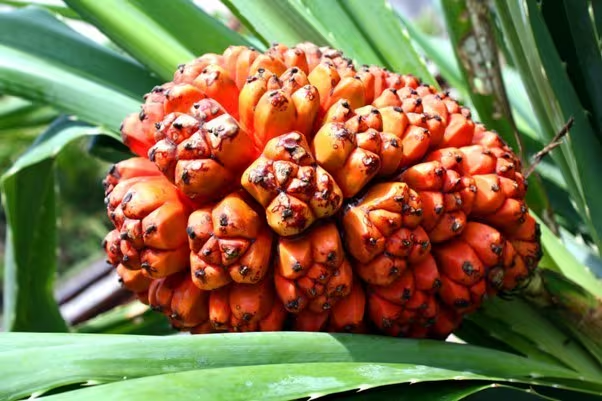 Similar to many items on this list, the leaves and fruit of the pandanus tree, which flourishes around the Pacific Ocean, are already utilized by chefs throughout Southeast Asia. The leaves are incorporated into both sweet and savory dishes, while its fruit, resembling a pineapple, can be consumed either raw or cooked.
Similar to many items on this list, the leaves and fruit of the pandanus tree, which flourishes around the Pacific Ocean, are already utilized by chefs throughout Southeast Asia. The leaves are incorporated into both sweet and savory dishes, while its fruit, resembling a pineapple, can be consumed either raw or cooked.
The pandanus (Pandanus tectorius) is a diminutive tree that thrives in coastal regions extending from the Pacific Islands to the Philippines. The leaves are utilized to enhance the flavor of both sweet and savory dishes throughout a significant portion of Southeast Asia, whereas the fruit, resembling a pineapple, can be consumed either raw or cooked.
“It is a climate-resilient and nutritious food that is also delicious,” stated Dr. Marybel Soto Gomez from Kew in an interview with the BBC. “It would be wonderful to expand our food portfolio to include options that are culturally suitable, nutritious, and can thrive in difficult growing conditions worldwide,” she further remarked.
Morama beans
Morama beans are a highly nutritious legume that can withstand drought, originating from the Kalahari Desert area in Southern Africa. They possess a high protein and oil content comparable to that of soybeans. Traditionally, these beans serve as a food source for indigenous communities, often being roasted and consumed similarly to nuts. Additionally, they can be transformed into a variety of products, including oil, flour, and butter. Furthermore, the beans are recognized for their possible medicinal properties and commercial advantages.
and oil content comparable to that of soybeans. Traditionally, these beans serve as a food source for indigenous communities, often being roasted and consumed similarly to nuts. Additionally, they can be transformed into a variety of products, including oil, flour, and butter. Furthermore, the beans are recognized for their possible medicinal properties and commercial advantages.
There are approximately 23,000 species of beans documented in Kew’s authenticated global checklist of legumes. This compilation features chickpeas, lentils, soya beans, and peanuts, as well as some lesser-known varieties such as morama, which has the ability to endure drought conditions.
Commonly referred to as Marama, Camel’s foot, and Gemsbuck in southern Africa, it serves as a dietary staple in certain regions of Botswana, Namibia, and South Africa. Beans are typically boiled with maize meal or processed into porridge or a beverage resembling cocoa. It is currently being cultivated commercially in both Australia and the United States.
Fonio
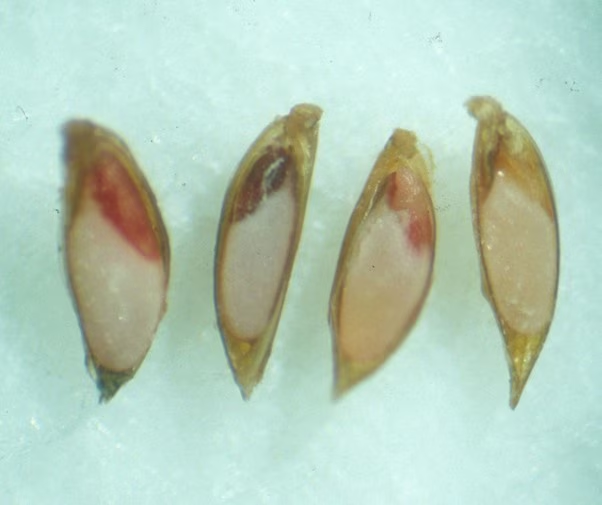 Fonio is a small-seeded, ancient grain belonging to the millet family, which has been primarily grown in West Africa for more than 5,000 years. This cereal is not only highly nutritious but also cooks quickly, thriving in dry conditions with minimal water or fertilizer. As a result, it is a significant crop that demonstrates resilience to climate change and serves as an essential food source in various regions of Africa. Fonio can be prepared similarly to other grains, utilized as flour in baking, or incorporated into stir-fries and other culinary creations.
Fonio is a small-seeded, ancient grain belonging to the millet family, which has been primarily grown in West Africa for more than 5,000 years. This cereal is not only highly nutritious but also cooks quickly, thriving in dry conditions with minimal water or fertilizer. As a result, it is a significant crop that demonstrates resilience to climate change and serves as an essential food source in various regions of Africa. Fonio can be prepared similarly to other grains, utilized as flour in baking, or incorporated into stir-fries and other culinary creations.
More than 9,000 species of grass have been documented, yet only 35 have been cultivated as cereals globally, as reported by the US Department of Agriculture. Fonio is recognized as one of the oldest cultivated cereals, with origins tracing back to 5,000 BC, according to certain estimates.
A fundamental food source in the arid regions of West Africa and one of Kew’s five ‘Foods of the Future’, fonio is a rapidly growing cereal that is abundant in iron, calcium, and various essential amino acids. Its tiny grains are utilized to prepare porridge, couscous, and beverages.
False bananas
The fruit of the plant, resembling a banana, is not suitable for consumption; however, the starchy stems and roots can undergo fermentation to produce porridge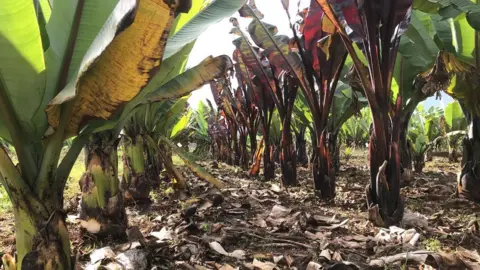 and bread. Known as “false banana” or enset, this plant belongs to the banana family and serves as a crucial food crop in Ethiopia. Unlike the common banana, its fruit is inedible. Instead, the starchy stem and roots are processed and fermented to create porridge and bread. The enset plant is remarkably versatile, with all its parts utilized for food, animal feed, and even for crafting ropes, shelters, and clothing.
and bread. Known as “false banana” or enset, this plant belongs to the banana family and serves as a crucial food crop in Ethiopia. Unlike the common banana, its fruit is inedible. Instead, the starchy stem and roots are processed and fermented to create porridge and bread. The enset plant is remarkably versatile, with all its parts utilized for food, animal feed, and even for crafting ropes, shelters, and clothing.
Enset, or ‘false banana’, is a banana relative often referred to as the ‘tree against hunger’, as noted by Kew, providing sustenance for 20 million individuals in Ethiopia, which accounts for over one-sixth of the population. If cultivated more extensively throughout Africa, it has the potential to nourish 100 million people.
Despite its tree-like appearance, enset is actually a large herb. It not only serves as a food source but also provides materials for weaving. Additionally, enset demonstrates remarkable resilience, withstanding drought conditions better than many other staple crops. Scientists estimate that 60 enset plants could sustain a family of five for an entire year.
Pearl millet and sorghum
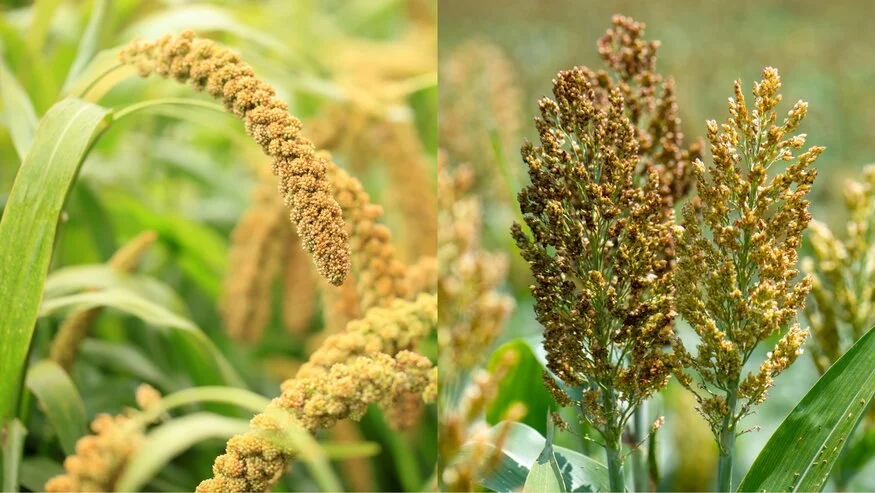 In our worldwide monoculture, there exists a deficiency in genetic diversity, rendering species susceptible to failure. For instance, a particular strain of rice may have been cultivated for high yield, yet it might have lost the genes necessary for adaptation to drier climates or less fertile soils. Therefore, crop diversity is essential in the battle against climate change. The discovery of drought-resistant and heat-resistant grains, such as pearl millet and sorghum, has already proven vital in sustaining populations in the most arid regions of the globe. Sorghum, for instance, has been selectively bred over millennia to exhibit greater resilience to harsh and dry environmental conditions compared to other crops like maize and wheat. Additionally, sorghum and pearl millet require less water than crops such as maize. It is possible that we will increasingly consume these robust grains as more familiar crops fail worldwide.
In our worldwide monoculture, there exists a deficiency in genetic diversity, rendering species susceptible to failure. For instance, a particular strain of rice may have been cultivated for high yield, yet it might have lost the genes necessary for adaptation to drier climates or less fertile soils. Therefore, crop diversity is essential in the battle against climate change. The discovery of drought-resistant and heat-resistant grains, such as pearl millet and sorghum, has already proven vital in sustaining populations in the most arid regions of the globe. Sorghum, for instance, has been selectively bred over millennia to exhibit greater resilience to harsh and dry environmental conditions compared to other crops like maize and wheat. Additionally, sorghum and pearl millet require less water than crops such as maize. It is possible that we will increasingly consume these robust grains as more familiar crops fail worldwide.
One of the 29 wild relatives of established grain crops currently being researched by the team at Kew to evaluate their potential for global food supply is finger millet, named for the shape of its seed heads, which is already recognized as a staple crop in India.
It is rich in calcium and dietary fiber and is said to help prevent diabetes, according to scientists. Referred to as Ragi in India, this grain is thought to have originated in Africa and spread to Asia during prehistoric times. Like other millets, it is resistant to pests and thrives in tropical and semi-arid environments.
Algae
Global seaweed production is being recognized as a significant emerging industry that will contribute substantially to food security. Seaweed, which encompasses 11,000 distinct species, is surprisingly nutritious for human consumption. It is abundant in proteins, carbohydrates, minerals, vitamins (B12, A, K), and essential micronutrients such as iodine, zinc, and iron. Responsible and sustainable seaweed farming is gaining attention for the first time beyond Asia. This type of farming does not necessitate the use of pesticides or fertilizers, nor does it require land, and it provides habitats for local marine species. Seaweed farms are beginning to emerge globally, from the East Coast of the United States to the Netherlands. The Zeewaar farm in the Netherlands has expanded fivefold in just eight years. All that seaweed requires for growth is sunlight and saltwater, making it a resilient and sustainable choice as the availability of suitable land for farming diminishes. The United Nations believes that a new seaweed industry could play a crucial role in alleviating hunger and poverty worldwide, issues that are expected to worsen due to climate change.
11,000 distinct species, is surprisingly nutritious for human consumption. It is abundant in proteins, carbohydrates, minerals, vitamins (B12, A, K), and essential micronutrients such as iodine, zinc, and iron. Responsible and sustainable seaweed farming is gaining attention for the first time beyond Asia. This type of farming does not necessitate the use of pesticides or fertilizers, nor does it require land, and it provides habitats for local marine species. Seaweed farms are beginning to emerge globally, from the East Coast of the United States to the Netherlands. The Zeewaar farm in the Netherlands has expanded fivefold in just eight years. All that seaweed requires for growth is sunlight and saltwater, making it a resilient and sustainable choice as the availability of suitable land for farming diminishes. The United Nations believes that a new seaweed industry could play a crucial role in alleviating hunger and poverty worldwide, issues that are expected to worsen due to climate change.
The article is edited by Md. Rafikul Islam, Agriculturist, Science writer and Co-founder, Biology School.


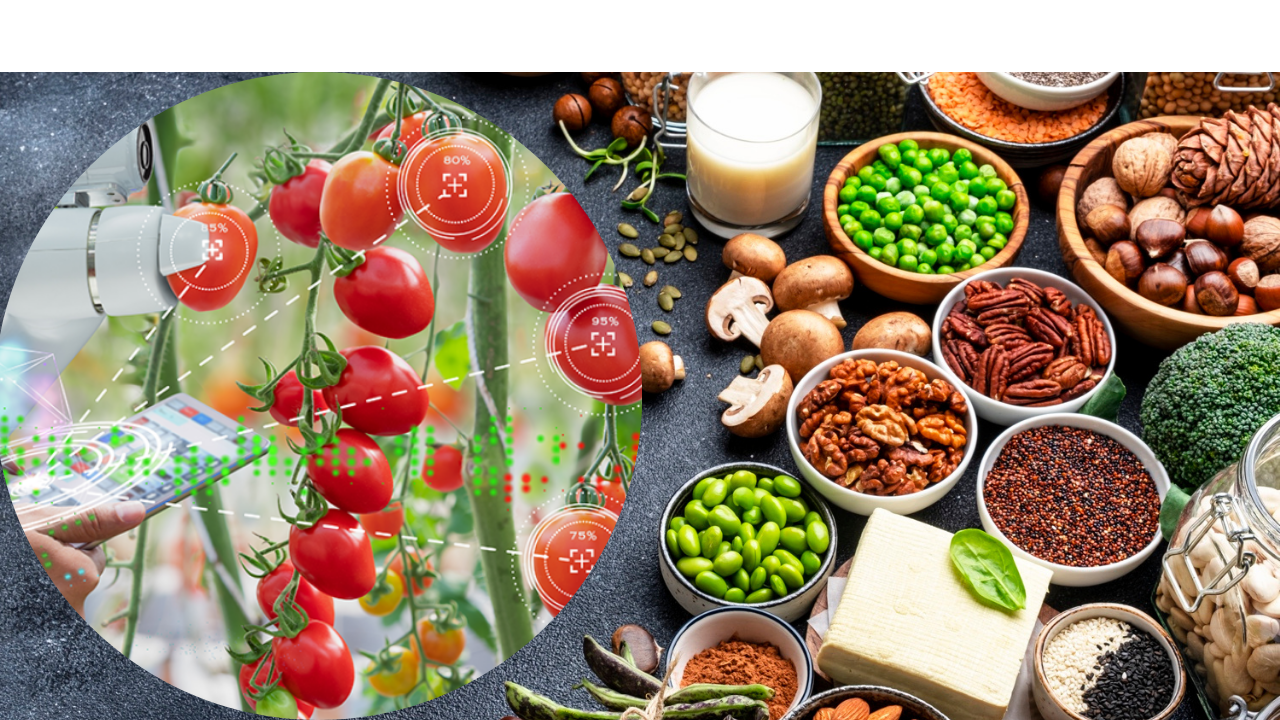
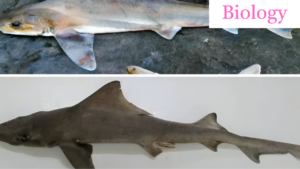
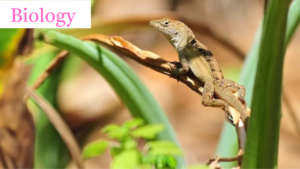






2 Responses
This is a compelling overview of the future of food security.
As climate change and population growth continue to challenge traditional agriculture, diversifying our food systems is no longer optional—it’s essential. Emerging crops like fonio, morama beans, enset, and seaweeds, along with underutilized grains such as pearl millet, sorghum, and finger millet, offer not only nutritional value but also climate resilience.
Equally important is the integration of innovative farming techniques, biotechnology, and sustainable processing technologies, which will allow us to maximize yield while minimizing environmental impact. Expanding the variety of food sources, preserving crop diversity, and adapting production practices are critical steps toward global food security by 2050.
The challenge ahead is not just producing enough food, but producing resilient, sustainable, and culturally appropriate foods that can endure climate extremes. Collaboration between scientists, farmers, policymakers, and communities will be key to realizing this vision.
Thank you very much for your comment. You have coated very important information. We will be happy to get your article. Biology School wants to publish your articles those will share knowledge among our readers. Best wishes.